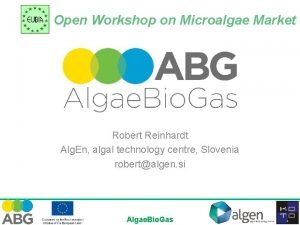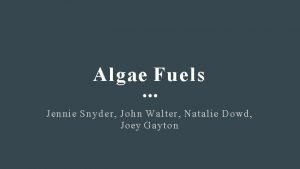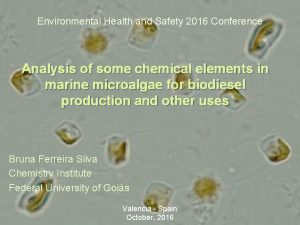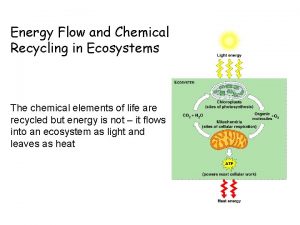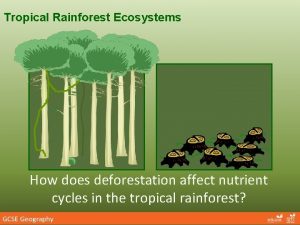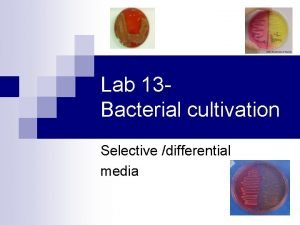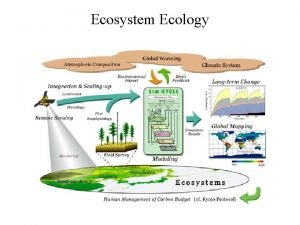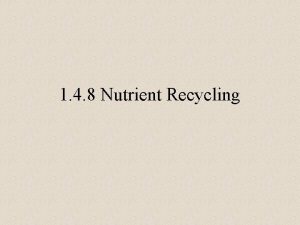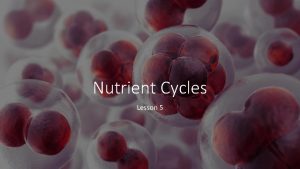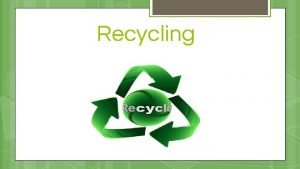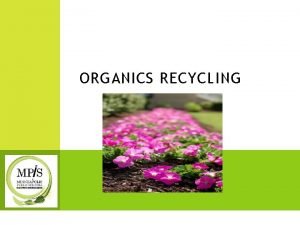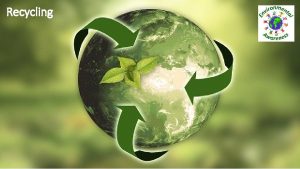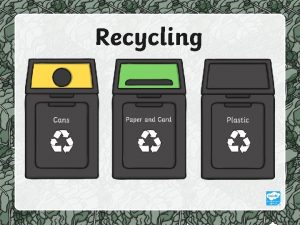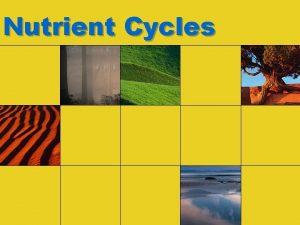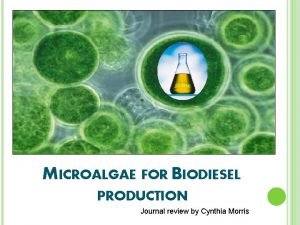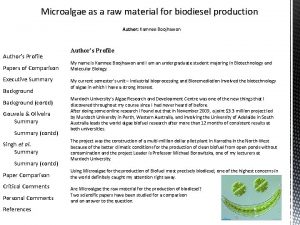MICROALGAE FOR ENERGY PRODUCTION AND NUTRIENT RECYCLING Nicola














- Slides: 14

MICROALGAE FOR ENERGY PRODUCTION AND NUTRIENT RECYCLING Nicola Wood, Student Sustainability Conference, 29 th March 2019

Source: UN Sustainable development Goals

ENERGY • Fossil fuels are estimated to account for 78% of global energy consumption as late as 2040 (IEO, 2016). • Global energy demand is set to rise by 50% between 2012 – 2040 • Oil, gas and coal are predicted to run out as early as 2066, 2068 and 2126 respectively • Atmospheric greenhouse gas levels are at a record high • Increasing occurrence of weather extremes are believed to be connected with increasing atmospheric CO 2 • Global sea level rises by approximately 2. 0 mm per year Sources: https: //oceantoday. noaa. gov/happennowarcticseaice/; National Oceanic and Atmospheric Administration

FOOD • Sustainable food production requires arable land large quantities of clean water and fertiliser. • The Haber-Bosch process to create ammonia from atmospheric nitrogen and hydrogen requires 1 -2% of all global energy and requires approximately 2 L fossil fuel to produce 1 kg of nitrogen for fertiliser. • World consumption of P 2 O 5 is set to rise by 10% in the next 4 years. • Phosphate is not an infinite source! P

WORLD PHOSPHATE RESERVES Sources: US Geological Survey, 2014; http: //www. potashcorp. com/overview/nutrients/phosphate/overview/world-phosphate-rock-reserves; Source: http: //www. indexmundi. com/commodities/? commodity=rock-phosphate&months=180

WATER • An average city of 500, 000 inhabitants produces approximately 85, 000 tonnes of municipal wastewater each day all of which needs to be treated. • Leeds produces approximately 130, 000 tonnes per day • Despite our reliance on nutrients for fertiliser, most of the nutrients we currently use end up lost through wastewater treatment processes

2 harnessed, total human energy demand could be satisfied by an area equivalent to 0. 07% of the earth’s land surface CO 2 CO • BIOENERGY-THE SOLUTION TO OUR ENERGY PROBLEMS? If 10% of the sun’s energy reaching earth could be • But biomass production for energy is severely limited by the availability of land fresh water. The ‘Food vs. Fuel Debate’

MICROALGAE • Diverse group of eukaryotic single cell organisms. • Can grow efficiently on non-arable land – do not compete with food for land • Do not require a fresh water supply • Increased efficiency of energy to biomass due to their simple structure • Much greater oil yields than most plants • Neutral lipids, triacyglcerols (more commonly referred to as oils) are the starting product for biodiesels. • TAGs can be turned into biodiesel via a transesterification process and used similarly to regular diesel fuel.

BUT… • Current fuel prices at pump are approximately $0. 60 -2. 30 across the world • In order to be economically viable, microalgal biodiesel must therefore be comparable in cost. • The cost of microalgal biodiesel need to fall by approximately 5 -7 times current costs SO… • Combine microalgae with wastewater treatment • Microalgae have naturally high N (~10%) and P (~1%) contents meaning they offer the ability to remove high quantities of nutrients from waste streams Source: Delrue et al 2012

THE CLOSED LOOP CYCLE

SO, WHERE ARE WE UP TO? • Microalgae grow well in a variety of wastewaters to high biomass yields • Microalgae can successfully remove almost all N from wastewater streams. • But, the only known triggers of oil accumulation are from high stress leading to cessation of growth and limited biomass yields • The conditions needed to optimise phosphorous accumulation are poorly understood

A COMPROMISE Biomass • Optimised by high carbon, nitrogen and phosphorus supply Oil Phosphorous • Optimised by nitrogen starvation and high carbon availability • Optimised by high phosphorus concentration with/without pre -starvation period

WHAT NEXT? • Genetic modifications • Looking at lesser studied triggers for oil accumulation • • p. H Sodium bicarbonate addition Phosphorous starvation The effect of different nitrogen sources

Thank you for your attention Any Questions?
 Microalgae outsourced production
Microalgae outsourced production Selective media microbiology examples
Selective media microbiology examples Microalgae
Microalgae Marine microalgae
Marine microalgae Alir proses produksi
Alir proses produksi Flow of energy
Flow of energy Energy energy transfer and general energy analysis
Energy energy transfer and general energy analysis Energy energy transfer and general energy analysis
Energy energy transfer and general energy analysis Pink collar jobs apush
Pink collar jobs apush Veins of upper limbs
Veins of upper limbs Nutrient cycle of a tropical rainforest
Nutrient cycle of a tropical rainforest What are the six nutrient groups
What are the six nutrient groups Nutrient agar with tellurite is selective/differential for
Nutrient agar with tellurite is selective/differential for Is egg an emulsifier
Is egg an emulsifier Nutrient cycle in the serengeti
Nutrient cycle in the serengeti
